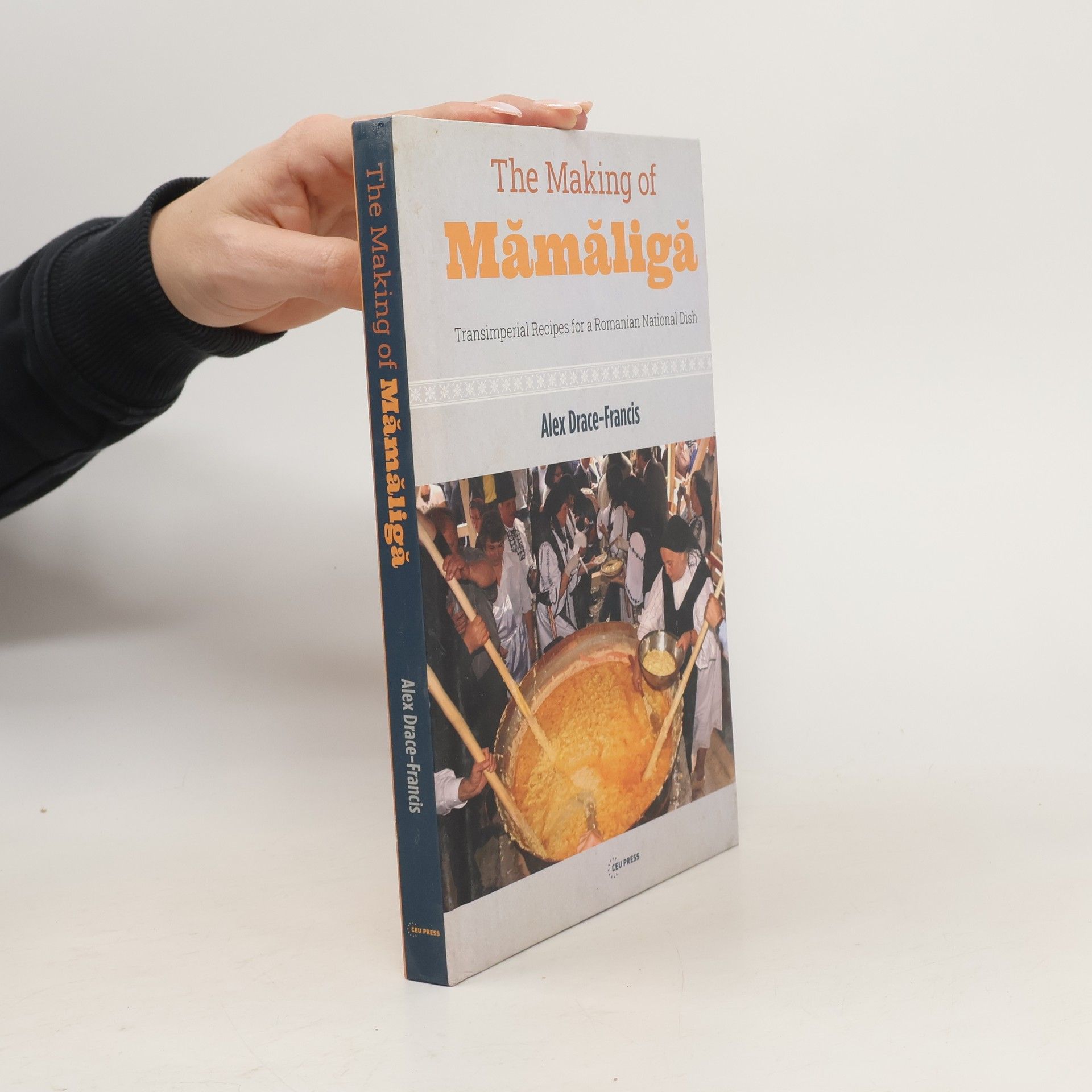Exploring the cultural significance of mămăligă, this book delves into its historical journey from the introduction of maize in Romania during Ottoman rule to its status as a national symbol before World War I. The author, Alex Drace-Francis, examines how global economic trends and imperial influences have shaped the dish's preparation and representation in art and popular culture. With a wealth of new insights and diverse sources, the narrative highlights mămăligă's role in reflecting broader societal changes and culinary traditions.
Alex Drace-Francis Bücher




Emma loves football! She's always wanted to be on the school team, but the captain is mean to her. Will she be able to stand up to this bully?
Will and Bess live together in a house left to them by their uncle. When the dangerous Fast-Fingered Finn comes to town with his crew, it's up to Will and Bess to foil his crimes.
Mămăligă, maize porridge or polenta, is a universally consumed dish in Romania and a prominent national symbol. But its unusual history has rarely been told. Alex Drace-Francis surveys the arrival and spread of maize cultivation in Romanian lands from Ottoman times to the eve of the First World War, and also the image of mămăligă in art and popular culture. Drawing on a rich array of sources and with many new findings, Drace-Francis shows how the making of mămăligă has been shaped by global economic forces and overlapping imperial systems of war and trade. The story of maize and mămăligă provides an accessible way to revisit many key questions of Romanian and broader regional history. More generally, the book links the history of production, consumption, and representation. Analyses of recipes, literary and popular depictions, and key vocabulary complete the work.